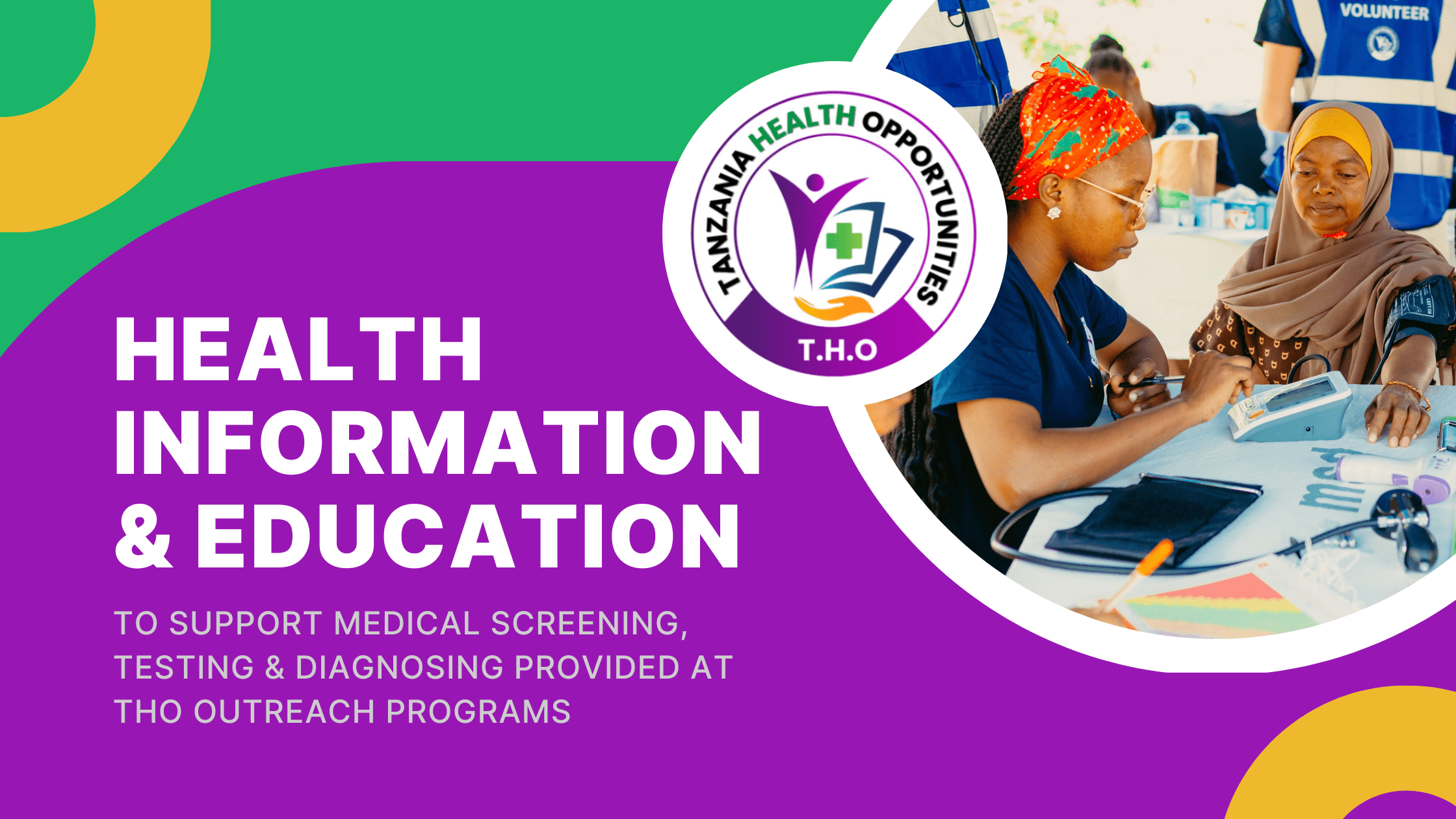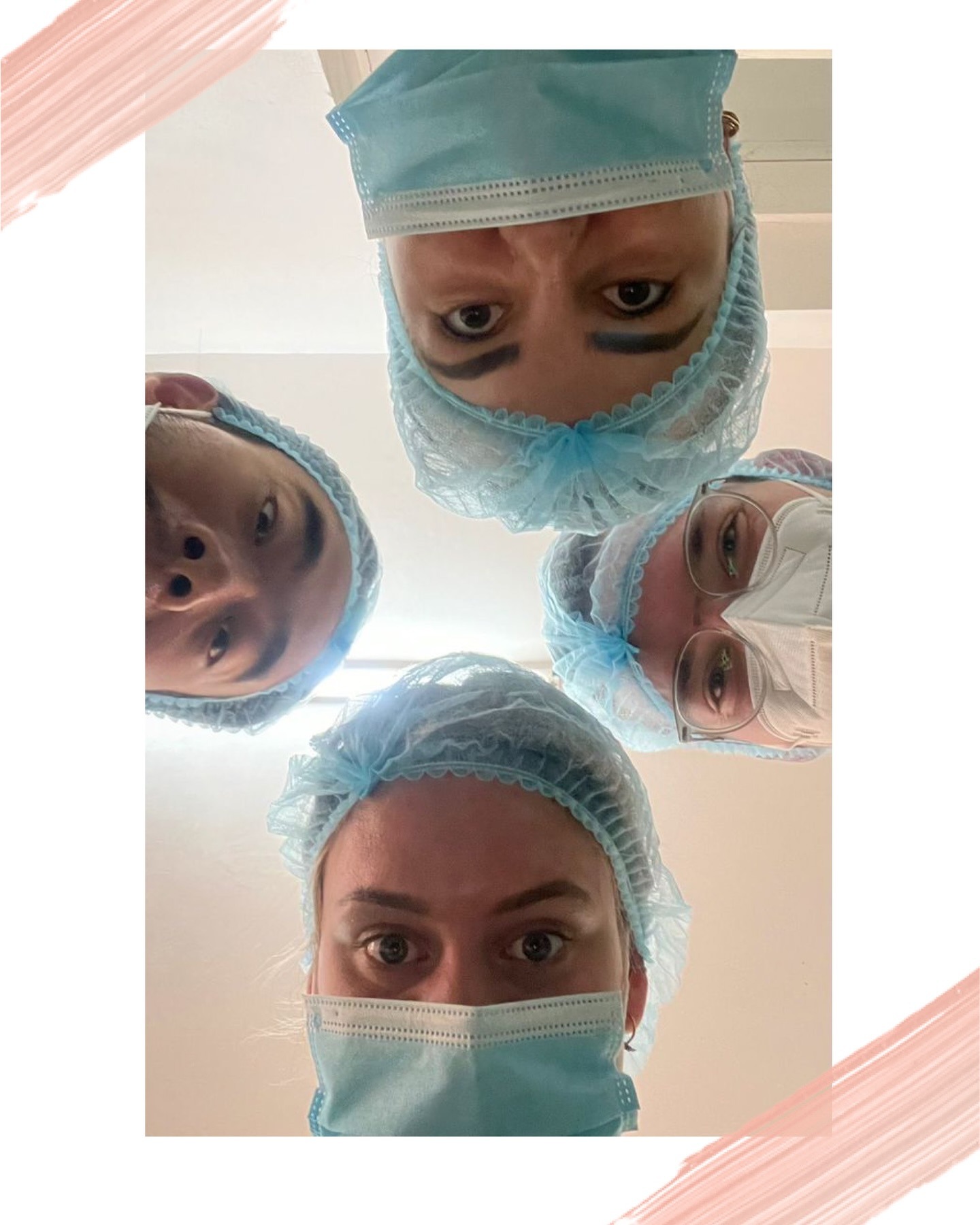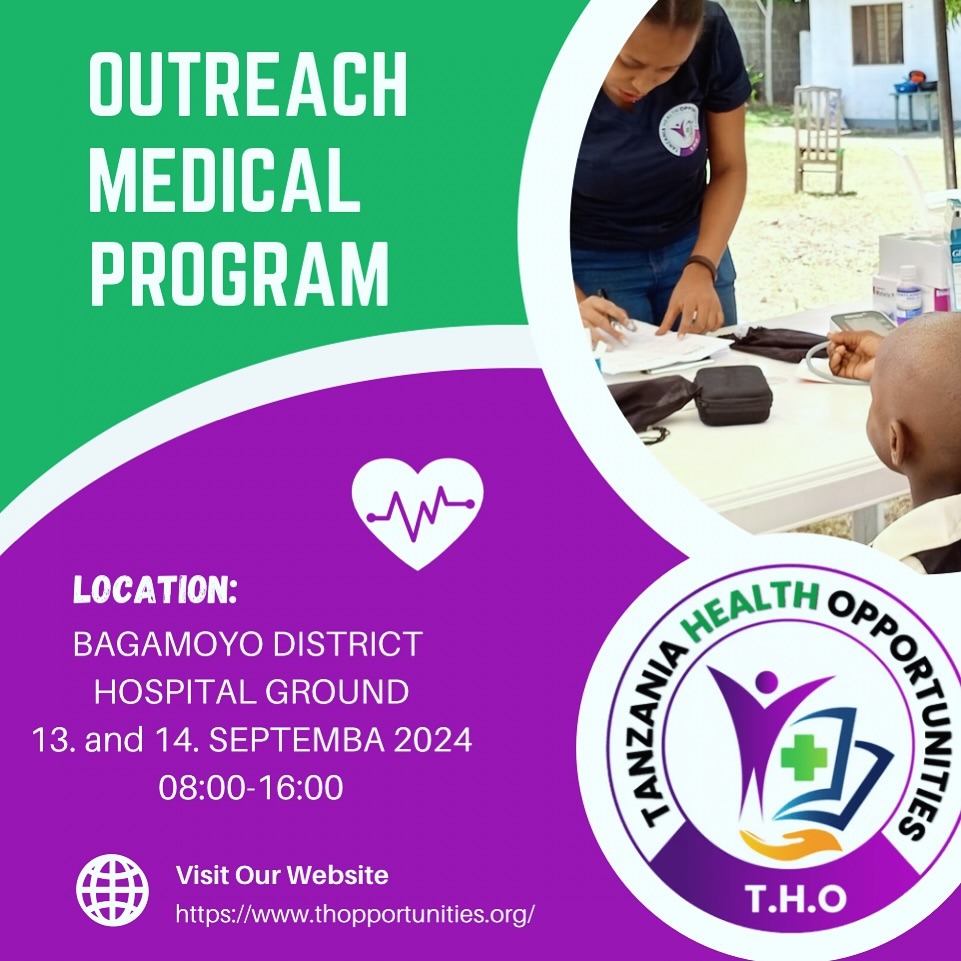Cervical Cancer: Causes, Prevention and Early Detection
Cervical cancer is a type of cancer that affects the cervix, the lower part of the uterus. It’s one of the most preventable types of cancer, primarily linked to the human papillomavirus (HPV), a common sexually transmitted infection. While many HPV infections clear up on their own, persistent HPV can significantly increase the risk of cervical cancer.
For more information about HPV and cervical cancer, visit the World Health Organization’s page on Cervical Cancer.
The Role of the HPV Vaccine in Prevention
The HPV vaccine is highly effective in preventing the types of HPV most commonly associated with cervical cancer. It’s recommended for both boys and girls, ideally before becoming sexually active, to reduce the risk of HPV infections.
Importance of Regular Cervical Screenings
Cervical screenings, also known as Pap smears or Pap tests, are essential for early detection of abnormal cells in the cervix. Regular screenings every 5 to 10 years, depending on your age and health history, can significantly reduce the risk of cervical cancer by detecting changes early.
Women living with HIV or AIDS are at a higher risk of developing cervical cancer and should undergo more frequent screenings.
Risk Reduction Strategies
In addition to the HPV vaccine and screenings, there are lifestyle changes that can further reduce your risk of cervical cancer:
- Use condoms: condoms can lower the risk of HPV transmission, although they don’t provide complete protection.
- Quit smoking: reducing or eliminating tobacco use can also decrease the likelihood of cervical cancer.
Conclusion
Cervical cancer is highly preventable through vaccination, regular screenings, and healthy lifestyle choices. Protect yourself and your loved ones by getting vaccinated, scheduling regular Pap smears, and adopting healthy habits.








